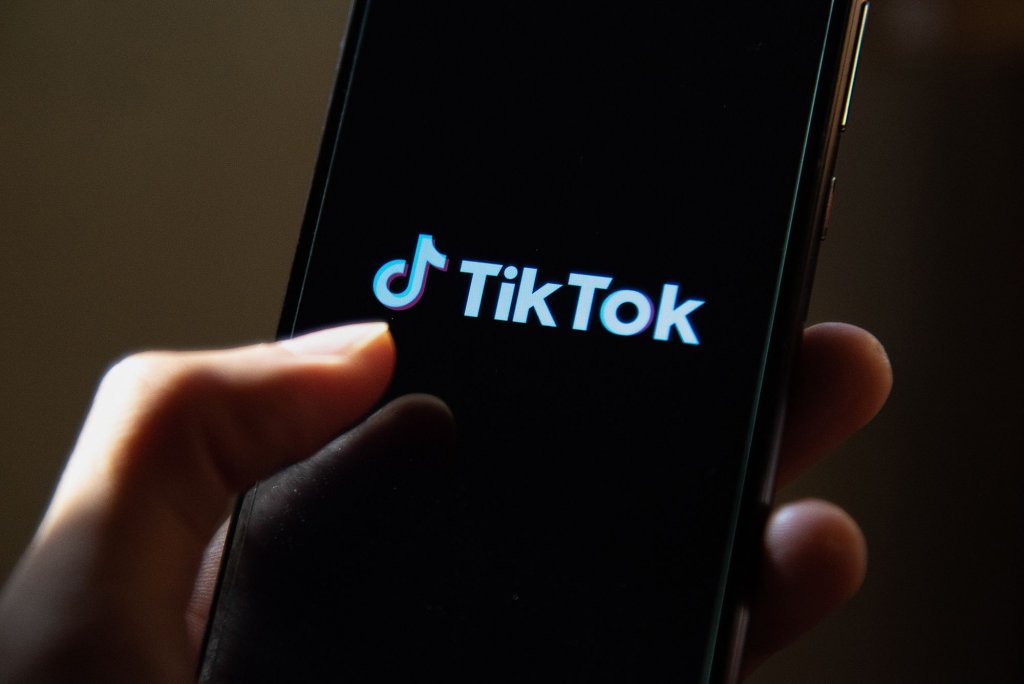TikTok’s Transition to Longer Videos: What It Means for Creators
TikTok’s Transition to Longer Videos: What It Means for Creators

Introduction
In 2020, TikTok took the social media world by storm, captivating users with its short dancing and comedy clips. As its popularity soared, other platforms like Facebook, Instagram, and YouTube rushed to roll out similar features to keep up with the demand for short-form videos. However, TikTok is now changing course and pushing for longer videos, a move that has sparked both excitement and concern among its creators. In this article, we will explore TikTok’s transition to longer videos, the reasons behind it, and its potential impact on the platform and its user base.
The Evolution of TikTok
When TikTok first launched, its short-form video format was a hit, attracting users with its continuous scrolling and fast-paced content. It offered a platform where anyone could easily create videos without extensive planning or resources. However, as TikTok grew in popularity, the platform started experimenting with longer video formats. Over the past three years, TikTok has gradually increased the time limit from one minute to three, five, and even 10-minute videos. While 15-minute uploads are currently being tested, they are not widely available.
The Shift to Longer Videos
On the surface, TikTok’s shift to longer videos may seem like a reversal of fortunes. After all, the platform initially gained popularity for its short and snappy content. However, TikTok’s decision to encourage longer-form videos has multiple motivations. Firstly, longer videos offer more opportunities for monetization. With extended content, there are increased possibilities for ads and other forms of monetization, making it easier for creators to generate income. Advertisers also prefer longer videos as consumers are more likely to sit through a pre-roll ad for a video longer than one minute.

Secondly, TikTok aims to keep users engaged on the platform for longer periods. By showcasing longer videos, TikTok can demonstrate to advertisers that they can retain users’ attention for an extended duration. This could potentially attract more advertising partnerships and revenue. However, it remains to be seen how viewers will respond to the shift, as the allure of TikTok has always been its short and easily digestible content.
The New Creativity Program
To support the transition to longer videos, TikTok will phase out its original “Creator Fund” and introduce the new “Creativity Program Beta.” Creators who wish to monetize their content will have to join this program, where they will be required to create videos longer than one minute. TikTok has highlighted that longer videos foster deeper connections, provide more information, and promote educational content. The company also promises that creators can expect higher pay per video under this new program.

The Creativity Program Beta is open to adult creators with 10,000 or more followers. These creators can earn payments from TikTok for videos that meet specific criteria, such as exceeding one minute in length. While some creators have already reported earning thousands of dollars in their first months on the program, others have expressed concerns about the transition.
Concerns and Frustrations
Not all creators are thrilled about TikTok’s push for longer videos. Many joined TikTok specifically for its short-form content and worry that the transition will dilute the platform’s unique appeal. Some creators feel that the ability to scroll through a variety of content quickly was what initially made TikTok so popular. They fear that the emphasis on longer videos may exclude creators who excel at short-form content.
Aly Tabizon, a TikTok creator known for her astrology videos, acknowledges that longer videos may require more effort, but she is willing to adapt if the pay is more substantial. However, the attention span of today’s generation is around eight to ten seconds, making it challenging to capture and retain viewers’ interest for longer durations. Creators like Tabizon worry that longer videos may result in decreased engagement and fewer views.
Balancing Time and Resources
Creating longer-form content can be more time-consuming and resource-intensive. Creators like Laura Riegle, who gained a significant following on TikTok with short, snappy videos, emphasize the challenges they face when transitioning to longer videos. Riegle, who shares haircare tips, dances, and filter trials, notes that even relatively simple “storytime” videos require substantial time and effort. As a full-time worker with family commitments, she finds it difficult to allocate enough time for longer videos.
While TikTok offers alternative ways for creators to monetize their content, such as subscriptions and tips from followers, some creators find these options less sustainable. Asking their audience for payment feels akin to busking on the street, and they prefer more traditional monetization methods.
The Future of TikTok
As TikTok continues to evolve, it remains to be seen how the transition to longer videos will shape the platform’s future. While some creators embrace the change and see it as an opportunity for increased revenue, others worry that it may undermine the unique appeal of TikTok’s short-form content. TikTok’s ability to strike a balance between short and long-form videos will be crucial in retaining its user base and attracting advertisers.
Ultimately, TikTok’s transition to longer videos reflects its desire to compete with legacy platforms and provide a wider range of content options for creators and viewers. By offering longer videos, TikTok aims to capture and retain users’ attention for extended periods, while also expanding its monetization opportunities. Whether this shift will be successful in the long run remains uncertain, but TikTok’s continued popularity suggests that it has the potential to adapt and thrive in an ever-changing social media landscape.
Conclusion
TikTok’s transition to longer videos marks a significant shift for the platform and its creator community. While some creators express concerns about the potential loss of the platform’s unique charm, others see it as an opportunity for increased revenue and deeper connections with their audience. TikTok’s ability to strike a balance between short and long-form content will be crucial in maintaining its appeal and attracting both creators and advertisers. As the platform continues to evolve, only time will tell how this transition will shape the future of TikTok and its position in the competitive social media landscape.
*Disclaimer: This article is for informational purposes only. The information provided in this article does not constitute financial, legal, or professional advice.




